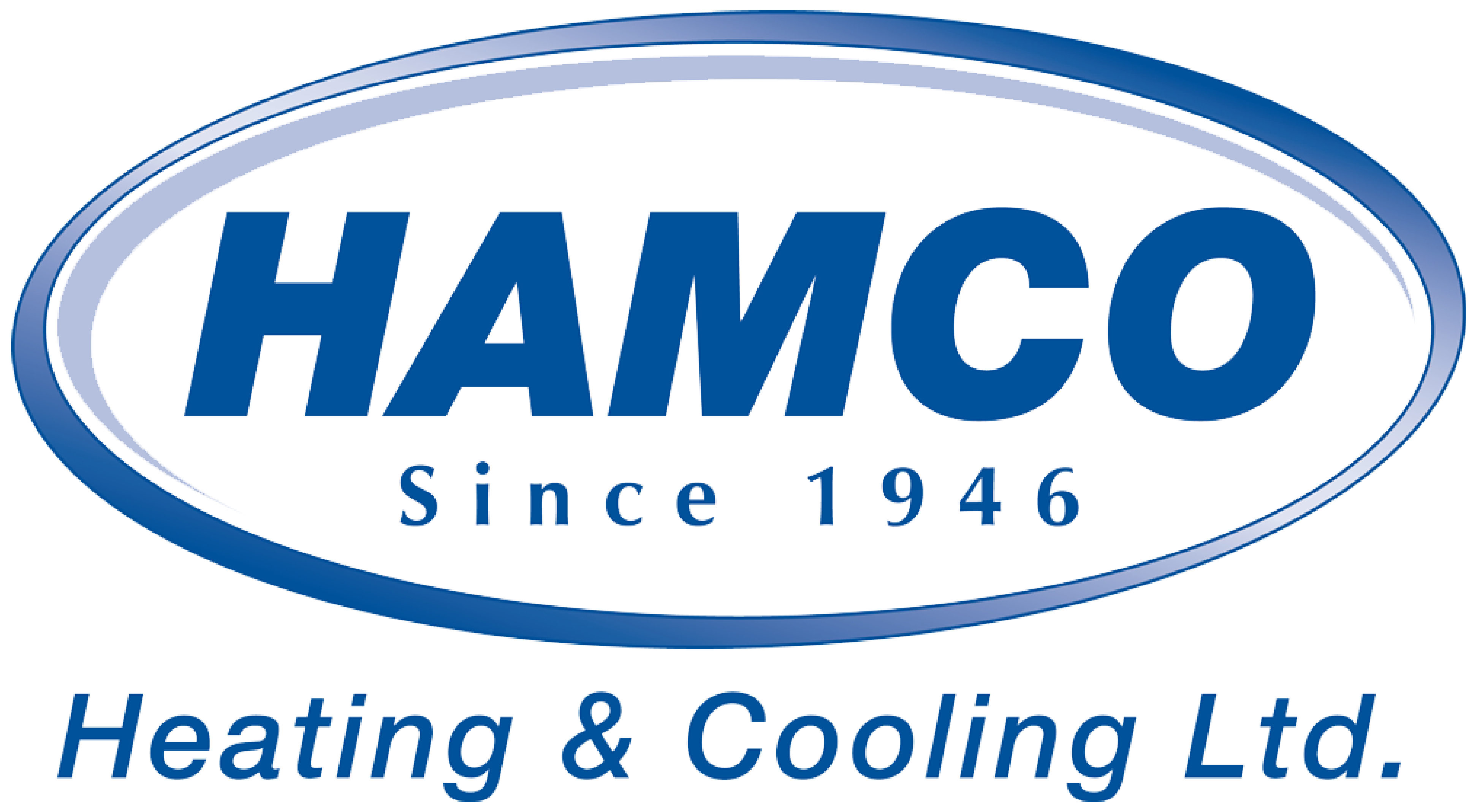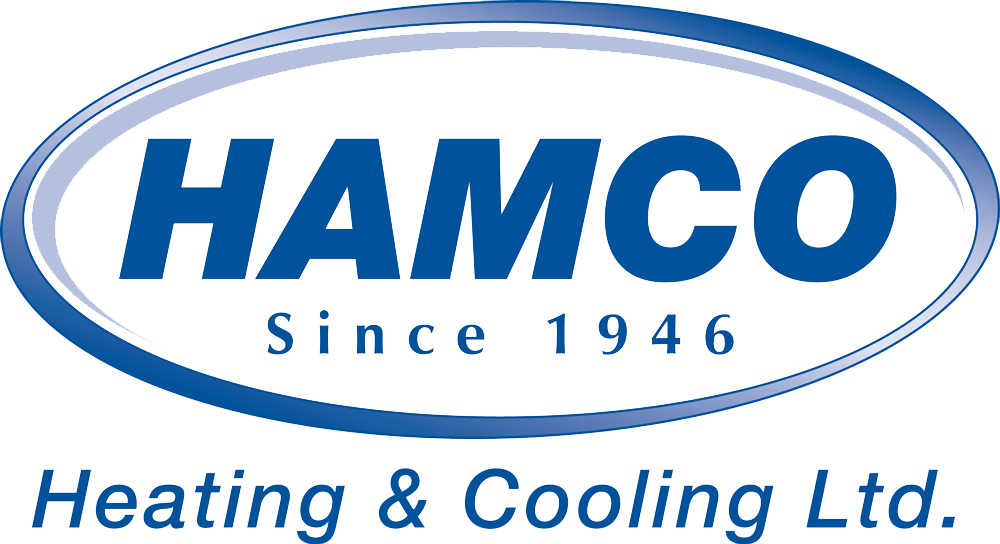When it comes to air exchangers, there are two popular options. An HRV (Heat Recovery Ventilator) and an ERV (Energy Recovery Ventilator). Both options are similar in operation but differ in terms of how they handle humidity. ERV units are ideal for Canadian summers and winters. While providing fresh, clean air — they are able to extract humidity in the summer and bring it in during the dry winters. This is the main ERV benefit and why HAMCO Heating & Cooling Ltd. recommends this type of air handler for our climate.
How Recovery Ventilators Work
HRV and ERVs remove stale and polluted air from your home and replace it, via the ductwork, with fresh outside air. Filters catch allergens before they enter the home and also incorporate a heat recovery component. For example, in the winter, when warm air leaves your home, some of its heat is transferred to the cool, incoming air — increasing efficiency and helping to decrease monthly energy bills.
Added ERV Benefits
The main difference between HRVs and ERVs is how they handle humidity. An ERV redirects humidity to increase home comfort. In the winter, instead of expelling the humidity when the air is replaced, an ERV transfers the humidity from the outgoing air to the incoming air. In the summer, an ERV can help the air conditioner’s dehumidification process by transferring the humidity of incoming air to the outgoing air. Because of this added ERV benefit, this system is more suitable for our climate.
Remember that to work correctly, an ERV has to be installed by a professional home comfort specialist.
HAMCO Heating & Cooling Ltd. has been serving Hamilton and the surrounding area for over 70 years! We’re fully committed to providing the best quality service for all our customers on every service call.
Don’t forget to follow us on Facebook, Twitter and Instagram for HVAC tips,
tricks and information on specials and promotions!


